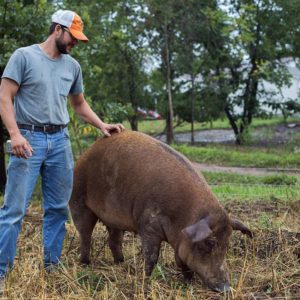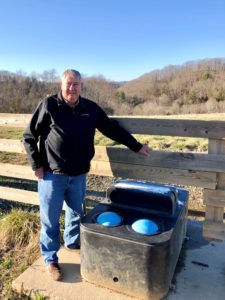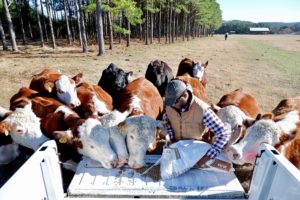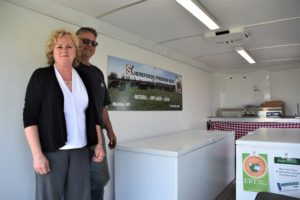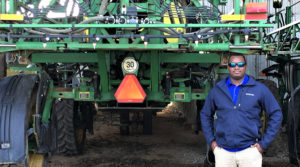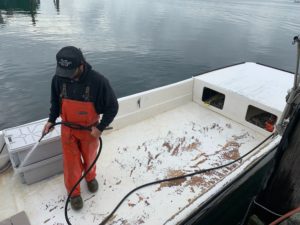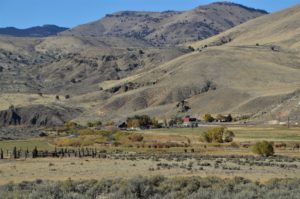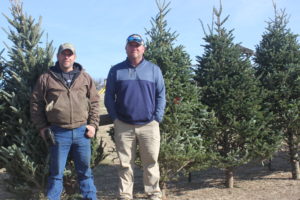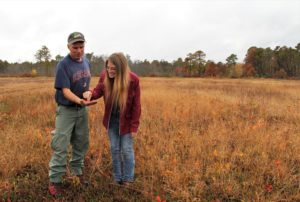
Johnny is continuing what his ancestor started more than 200 years ago.
By Chris Groskreutz, NRCS, Michelle Stone and Buford Sanders, Georgia Forestry Commission
Meet Johnny Bembry of Pulaski County, Georgia. The Bembry family has made a living on their farm for over 200 years, adapting and evolving how they manage the land as needed. Diverse ventures in row crops, cattle and timber has led to an array of benefits, including profitable lands, cleaner water downstream and top-notch wildlife habitat. Continue reading

